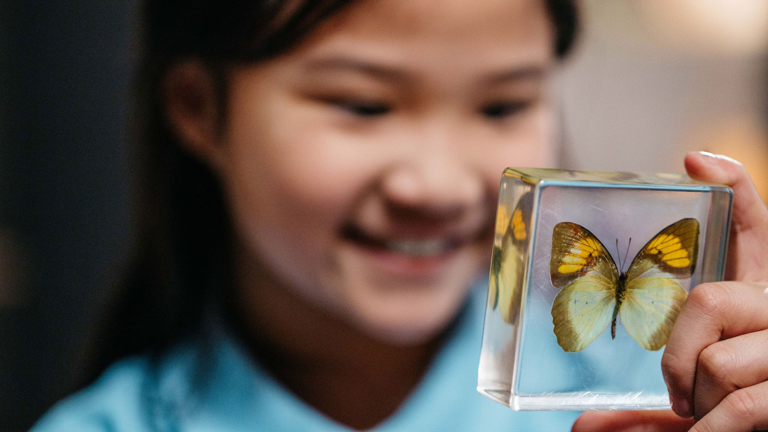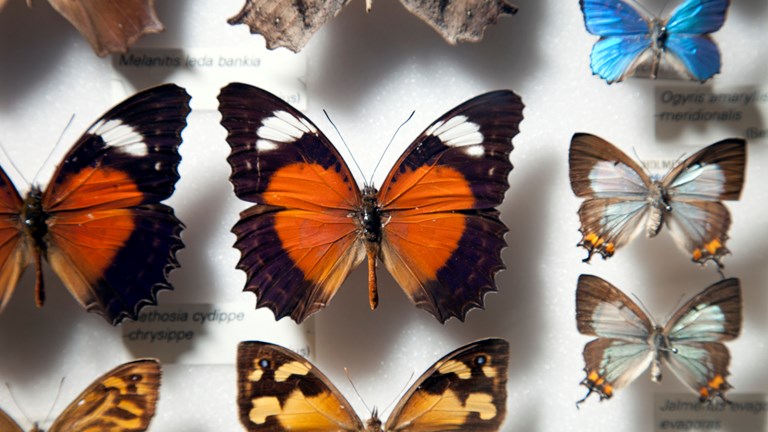
Antopia Gallery Visit
- What
- Self-directed
- When
- Term 1, Monday to Friday
- Duration
- 30 minutes
Curriculum links & Accessibility & Access Fund - Year level
- Years F to 8
- Minmum student numbers
- Minimum 15 students
- Maximum student numbers
- Maximum 60 students
- Cost
- $10 per student + education service fee
- Booking information
- Bookings 13 11 02
This special exhibition runs for a limited time only and ends on Monday 10 March.
In this self-guided exhibition excursion, students can explore the world of ants: the features and adaptations that allow them to grow, thrive and survive; their life-cycles; their important ecological roles in a wide variety of ecosystems; how they communicate and cooperate.
Students will experience
- Shrinking to the size of an ant to explore life inside a colony.
- Observing and participating in physical interactives and digital animations that illustrate ant behaviours and colony dynamics.
- Navigating through a landscape of towering blades of grass and assist worker ants in gathering food and protecting the colony.
- Immersive sensory lighting and 3D sculptures that enhance understanding of the ant world.
- A fusion of art and science, making the experience memorable and educational for all ages.
Students will learn
- How ants communicate using chemical signals displayed as colourful, glowing trails.
- How ants nurture ant eggs and watch them develop, learning about the ant life cycle.
- About the complexity of ant societies and the importance of teamwork and survival and adaptation strategies.
Victorian Curriculum links
Biological science
Foundation to level 2
plants and animals have external features that perform different functions to enable their survival; in plants these features include roots, stems, leaves, flowers, fruit, bulbs, trunks and branches while different features in animals enable them to move, breathe, eat and respond to their environment
VC2S2U03
Levels 3 to 4
plants and animals have different life cycles; offspring are similar, but not identical, to their parents
VC2S4U02
consumers, producers and decomposers have different roles and interactions within a habitat; food chains can be used to represent feeding relationships
VC2S4U03
Levels 5 to 6
organisms have evolved over time, as seen in fossils and scientific records; the structural features and behaviours of living organisms enable them to thrive in their environments
VC2S6U02
Levels 7 to 8
there are similarities and differences within and between groups of organisms living on Earth; the development and use of classification tools, including dichotomous keys, help order and organise human understanding of the diversity of life
VC2S8U01








